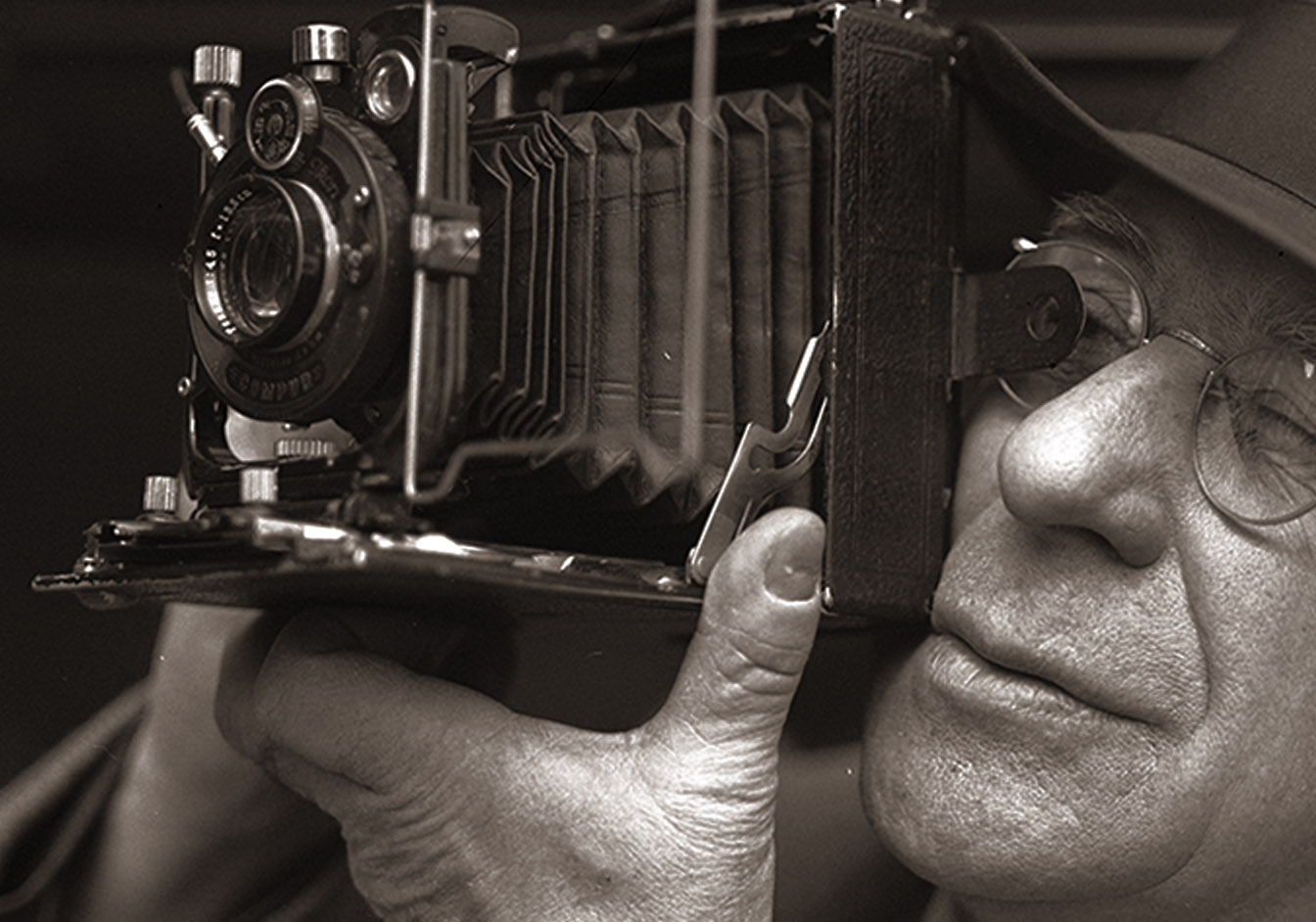Samizdat Collection
In the mid-1970s, the Center for the Study of New Russian Literature in the Department of Slavic Languages and Literatures at UMass Amherst began collecting the self-published and underground literature of the Soviet Union as a means of documenting social and political dissent in the Communist state.
The Samizdat collection includes writings in several genres — chiefly fiction, poetry, drama, and literary, social, and political criticism — in handwritten, photocopied, and printed form, as well as photos, a passport application for Mikhail Baryshnikov, and memorabilia from an American production of one of the plays in the collection.

